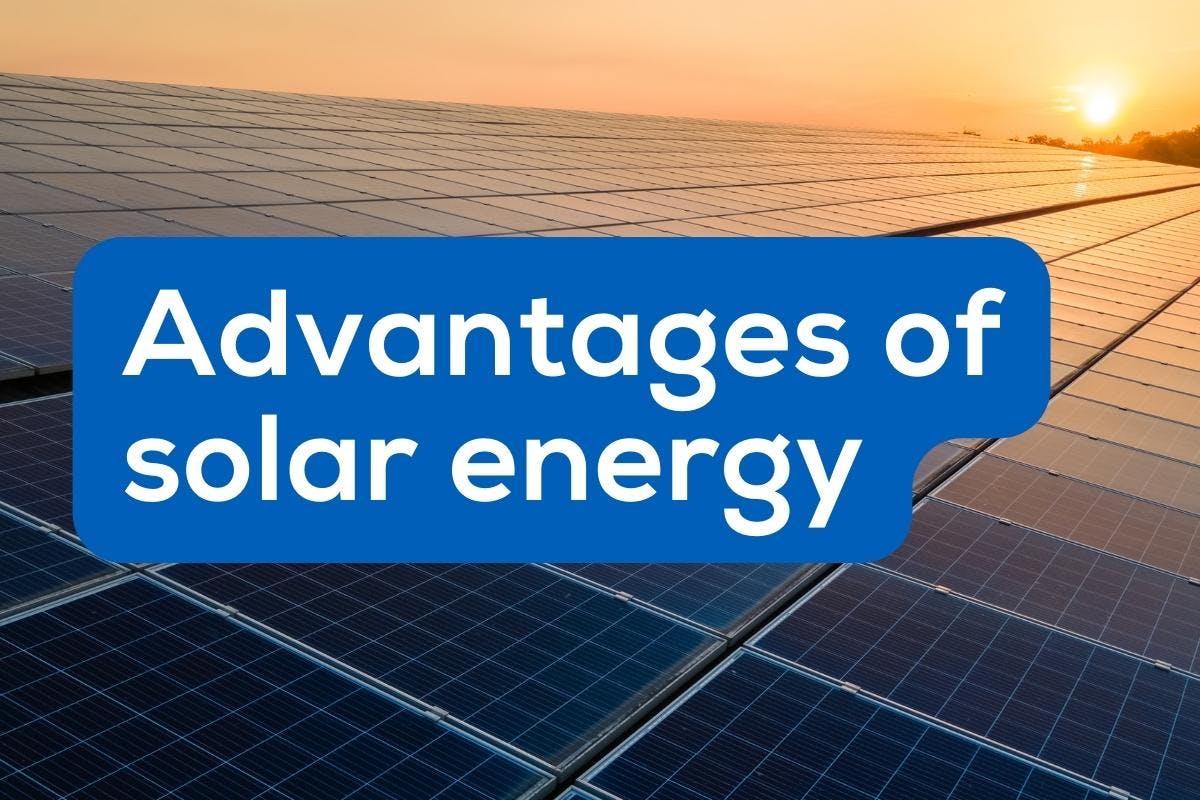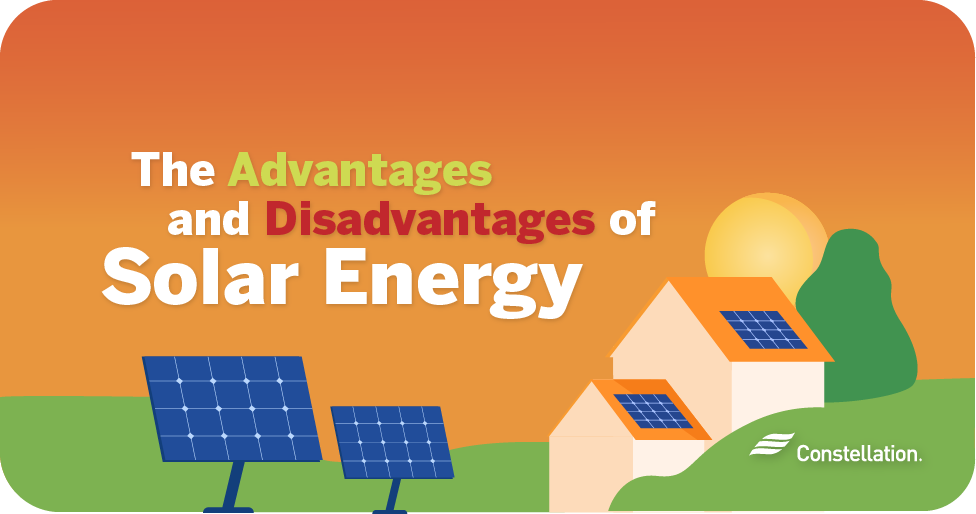Solar Power 101: A Beginner's Overview to Sustainable Energy Solutions
As the world progressively moves in the direction of sustainable energy options, understanding the fundamentals of solar power comes to be vital for both individuals and companies. By checking out the advantages of solar technology, alongside the financial incentives and setup processes, one can obtain a clearer viewpoint on exactly how to successfully integrate this eco-friendly source into their energy approach.
Recognizing Solar Power
At its core, understanding solar power entails grasping the essential concepts of how sunlight can be exchanged functional electrical energy. Solar power is originated from the sunlight's radiation, which can be taken advantage of via different innovations. The main mechanism for this conversion is the photovoltaic impact. This sensation occurs when sunlight strikes semiconductor materials, normally silicon-based, within solar cells. The power from the sunlight thrills electrons in the semiconductor, allowing them to move easily and produce direct current (DC) electrical energy.

Understanding solar power additionally entails identifying its environmental benefits. By using sunshine, we can mitigate greenhouse gas exhausts and reduce air contamination, adding to an extra sustainable future. The improvements in innovation and effectiveness of planetary systems proceed to improve their viability, making solar power a significantly attractive option for global power requirements.
Sorts Of Solar Power Solutions
Numerous kinds of solar power systems are commonly used to harness solar power for electrical energy generation. The primary groups consist of photovoltaic (PV) systems, focusing solar energy (CSP) systems, and solar thermal systems.
Photovoltaic systems use solar panels made up of silicon cells that convert sunshine straight into power. These systems are functional and can be installed on roofs, ground mounts, or integrated right into building materials.
Concentrating Solar energy systems, on the various other hand, use mirrors or lenses to focus sunlight onto a tiny area, creating warm that drives a steam wind turbine to generate power - Simply Solar Illinois. CSP systems are generally deployed in large-scale nuclear power plant and need straight sunlight, making them less suitable for gloomy areas

Each kind of solar energy system has its distinct attributes, applications, and suitability relying on geographical location, power demands, and why not check here spending plan, making it vital to assess choices based upon details circumstances. - Simply Solar Illinois

Benefits of Solar Power
Taking advantage of solar power via different systems not only supplies a lasting means to generate electrical energy however additionally supplies a wide variety of benefits. One of the most significant benefits is the reduction in greenhouse gas emissions, adding to a cleaner environment and combating environment change. Solar power is sustainable, implying it is inexhaustible and available as long as the sunlight beams, unlike fossil fuels, which are limited and depleting.
Moreover, solar power can cause substantial price financial savings over time. Homeowners and organizations can lower their electrical power costs substantially, and oftentimes, they may earn credit reports for excess energy generated via internet metering. Furthermore, the solar industry produces tasks, from manufacturing to installment, boosting regional economic climates.
An additional engaging advantage is power self-reliance. By generating their own electricity, individuals and neighborhoods can minimize reliance on outside energy resources, enhancing resilience versus fluctuating energy costs and supply disruptions. Solar power systems require marginal maintenance, making them a convenient alternative for lasting energy generation.
Installment Process Overview
The installment process for solar energy systems normally includes numerous essential actions that guarantee efficient assimilation into a residential property. At my review here first, a comprehensive site assessment is conducted to evaluate the roof's alignment, shading, and structural integrity, which are critical to enhancing photovoltaic panel efficiency. Following this evaluation, the layout stage commences, where a customized solar power system is set up you could try these out based upon the house owner's power requirements and choices.
Once the style is completed, the necessary permits and approvals are acquired from neighborhood authorities, guaranteeing compliance with policies. The actual installation includes installing the photovoltaic panels on the roof or ground, linking them to an inverter, and incorporating the system with the building's electrical setup. This stage might likewise involve installing battery storage space systems, depending on the design.
With the setup total, the solar energy system can start generating sustainable energy, contributing to sustainability and lowering utility expenses. This organized approach makes sure that solar systems are both effective and reputable, optimizing their long-lasting benefits.
Financial Motivations and Cost Savings
Discovering the monetary incentives and savings connected with solar energy systems can considerably improve the allure of making the switch to eco-friendly power. Various motivations exist at government, state, and regional levels, created to decrease the preliminary costs connected with solar installment. Among the most significant motivations is the government solar tax obligation credit rating, which allows house owners to deduct a percentage of their planetary system setup expenses from their federal taxes. As of 2023, this credit report stands at 30%, supplying considerable cost savings.
Along with tax credit scores, many states use rebates that can additionally lower upfront costs. Some utility business also give performance-based motivations, rewarding solar power production with time. Financing choices, such as solar car loans and leases, permit customers to set up systems with little to no deposit, making solar power much more easily accessible.

In addition, solar systems can enhance property worths, providing a solid return on investment. Overall, the combination of motivations and financial savings makes solar power an economically appealing choice for several homes.
Final Thought
In verdict, solar power stands for an important component of sustainable power options, providing a pathway toward reduced carbon impacts and enhanced environmental protection. Inevitably, the shift to solar energy not just promotes environmental responsibility however additionally advertises financial savings and power freedom.